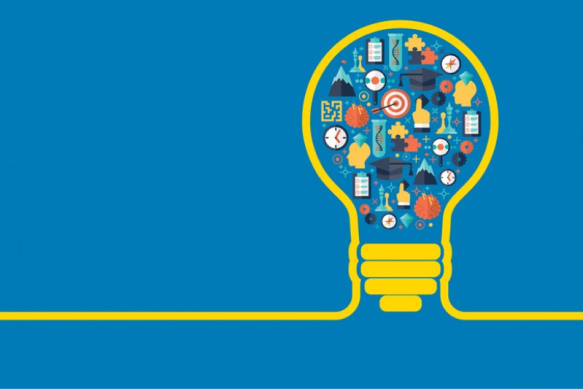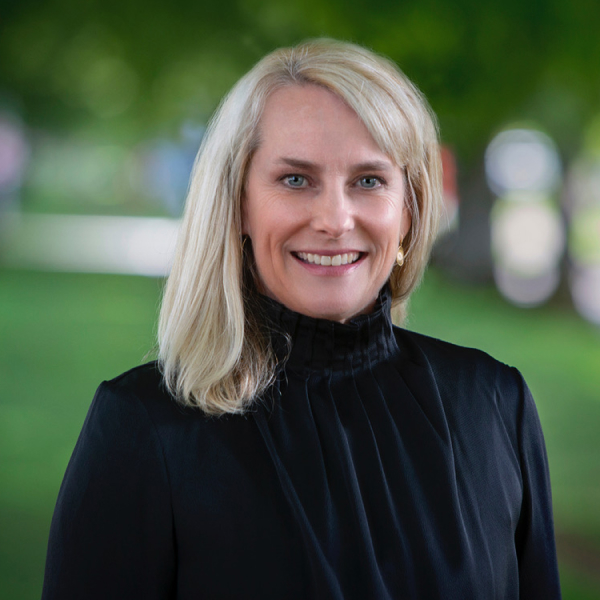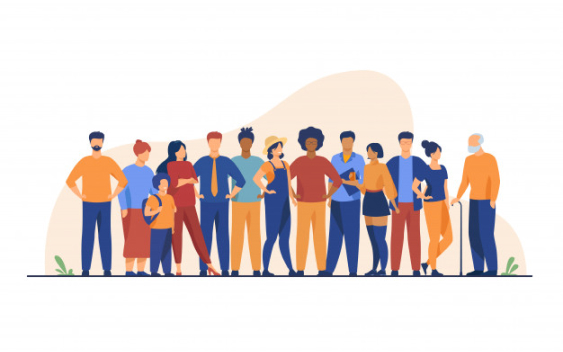With rapid changes in technology as well as shorter work tenures at companies, a variety of career paths (and income streams) will be inevitable. Because of this trend, entrepreneurship and creating side businesses is on the rise. Workplace futurists predict it will be much more common to have several different income streams than staying at a company for five or ten years. Part-time work, freelancing, the gig economy have all been on the rise for the last several years. This is not new but it HAS been accelerated because of the pandemic. Will there still be full time positions? Of course, but having a few irons in the fire is one way to reduce financial stress. Li Jin refers to this trend as the "unbundling of employment" and lists the opportunities that have made it easier to create revenue streams with a small business. She wrote, “Tech platforms have removed gatekeepers and democratized access to potential customers worldwide; direct payment models have made it viable for workers to earn a livelihood from even a small number of loyal fans; and platform companies in the gig economy and passion economy have paved new paths to work.” With so many tech options (and the prevalence of no code products), Li outlined a matrix of platforms used for revenue streams as a creator. Image from Li Jin post, “Unbundling Employment”
Being a multi hyphenate is about choosing and strategizing a plan of attack and having the freedom to take on multiple projects not being backed into a corner.
-Emma Gannon
Another trend people are pursuing is one where they can work on multiple projects on different topics/areas that interest them. Some people call it a “multi-hyphen” career and others call it a “portfolio career”. Emma Gannon wrote a book called, "The Multi-Hyphen Life" which walks through how to create a multi-hyphen career working on areas of interest, natural skill and expertise. She outlined 10 steps for a plan to build a multi hyphen career and work on projects that are more meaningful and give you the opportunity to reach your full potential.
Steps To Build A Multi-Hyphen Career by Emma Gannon:
- Pinpoint Your Own Unique Blend: Create a list of words you want to be described as and what you want to be recognized for professionally.
- Grow and Maintain a Micro-Audience: Build an authentic audience and know that getting hired will be based on being known to people who can actually give you that work.
- Always Be in Beta Mode: We all must remain agile when doing something on our own. Act like we are never finished improving. Keep experimenting and testing to figure out what works.
- Embrace The Age of Personalization: An opportunity should be curated for you and your particular skill sets so that you have higher chance of success (if it’s a job or project)
- Be Your Own PR and Marketing Department: Your space online is your own personal shop window. It’s a chance to show another side of yourself and it’s also about selling yourself.
- You Don’t Have To Quit Your Day Job: Negotiate flexible work at your current full time job in order to pursue other projects and revenue streams.
- You’re a Multi-Hyphenate, Not a Multi-Tasker: Focus on each job or project separately and give it all of your attention instead of being a multi tasker.
- Act Micro, Think Macro: It’s not about short term fixes but instead about overall strategies that will enable you to forge a new path that is more robust than a single focused career. We can’t predict the future but we can be aware of the trends and plan accordingly.
- Use Your Energy Wisely: As we’re all working from home, think about things that will give you more energy and break up your day to help be more productive.
- Don’t Do Stuff For Free: If it’s for great networking opportunities, then it’s something to consider but be careful about working for free.
“The Multi Hyphen life is the straight up refusal to be pigeonholed or afraid to add another string to your career bio” said Emma. Being strategic about your career and seeing the overlaps and looking at all the different areas that may exist is the answer to figuring out a multi hyphen career. A friend of mine has been studying longevity and she’s also interested in UX research so her goal is to work on a project for an age tech company as a UX researcher. So it’s the ability to take one sector and overlap it with another area to make yourself even more marketable. If you have loads of interests, it’s important to take a closer look at those areas which can serve as a financial safety net. Also, you’re more likely to be hired because you’ve invested in yourself and have so much more knowledge than someone who has stayed in their same corporate job for five years.
Before beginning the process of having a multi-hyphen career, Emma asks her clients the following:
- What are the things you can do for a while to continue to grow so that you can’t be pigeon holed?
- What can you get paid to do now? Who would buy these services?
- What do you really want to do in the future?
- What skills do you need to learn in order to explore other things that interest you?
Emma lists some of the benefits having a mult-hyphen career including:
- Having the tools and courage to make big moves on the side without risking financial stability.
- Giving yourself the confidence to not be defined by one industry or one title.
- Allowing yourself to have a happier, more fulfilling career.
Portfolio Careers: A few weeks ago, we had April Rinne as a guest on illume hire talking about how to build your “portfolio career”. It was an informative discussion and I can’t wait to read her upcoming book. It launches August 24, 2021 and it’s called, Flux: 8 Superpowers for Thriving in Constant Change . If you’d like to hear our conversation about how to build a portfolio career, it’s here. One comment that stood out to me was when April explained that diversifying your knowledge is just as important as diversifying your financial investments. Building a portfolio career can be a creative solution to career change for experienced professionals, with loads of benefits. You can spread your risk, gain some work-life balance, earn a healthy income, and open yourself to unanticipated possibilities. Achieving a sense of satisfaction that your talents are not being wasted at this stage in your career is also a big plus.
Reviewed & Recommended:
8 Tips to Start a Portfolio Career — bizee.co
| MORE ARTICLES
Emily’s vision for illume hire developed as part of her journey from a startup-curious sales and media professional to co-founder and CEO. Her passion is to provide resources to support professionals with 20+ years experience. Emily was part of the founding leadership team of Age Equity Alliance, a non-profit focused on the benefits of an intergenerational team.







